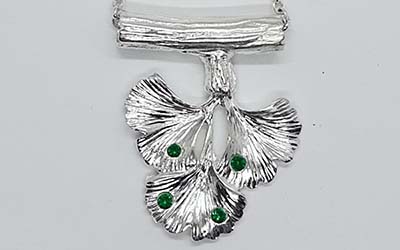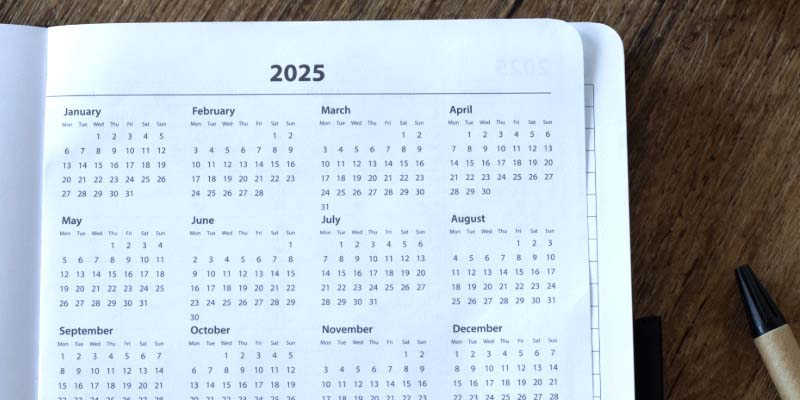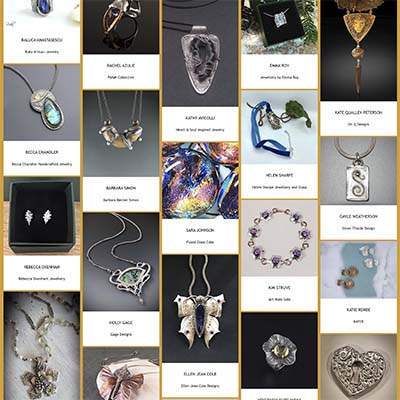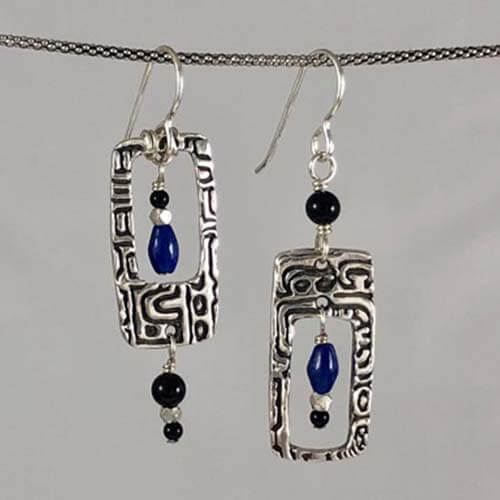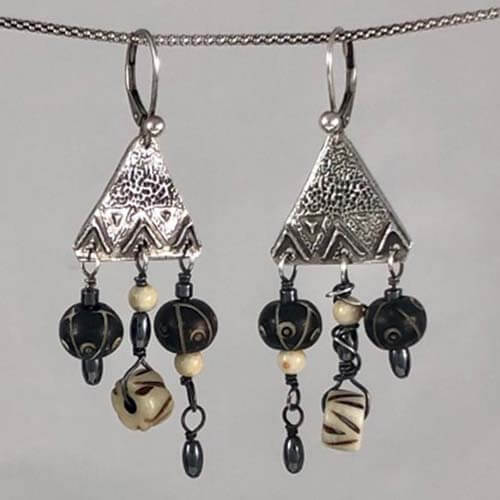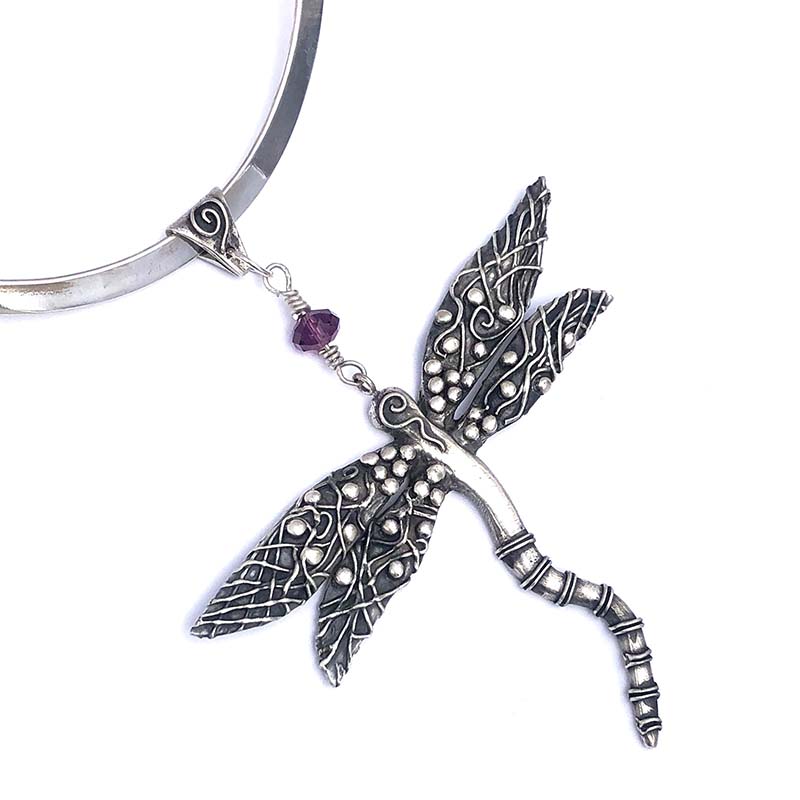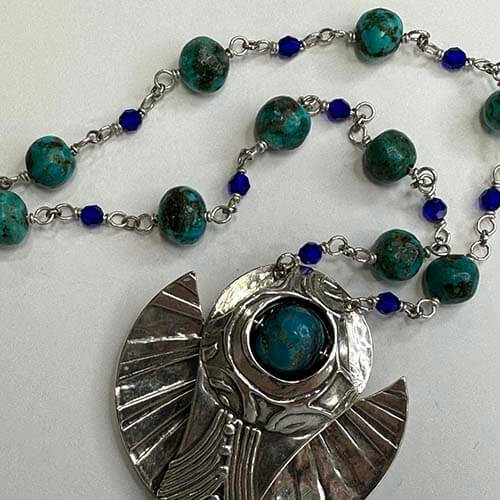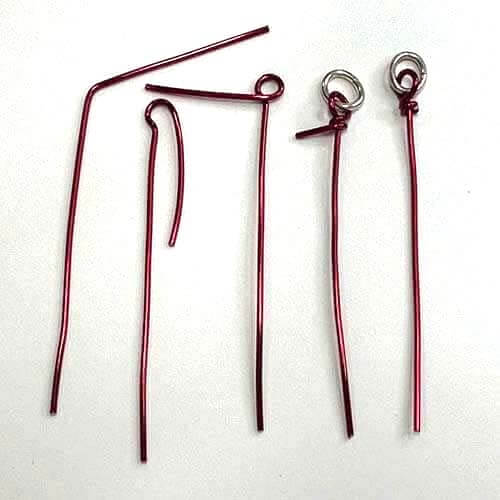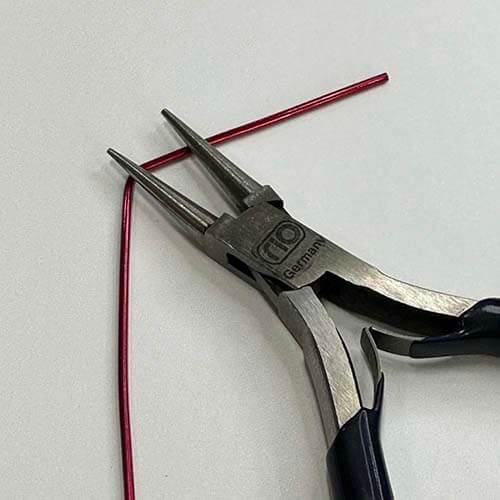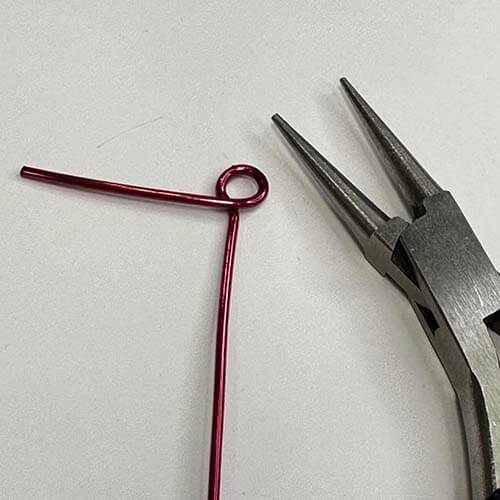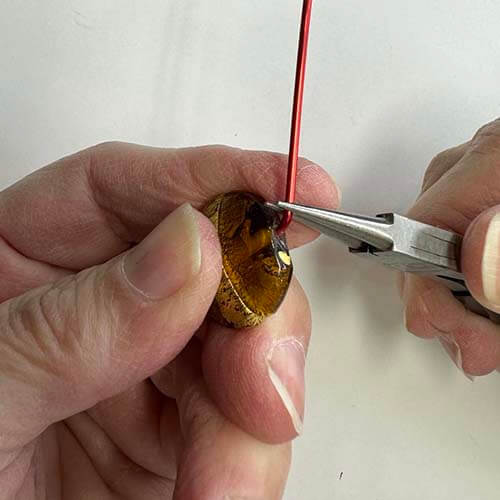This website uses cookies so that we can provide you with the best user experience possible.
Cookie information is stored in your browser and performs functions such as recognizing you when you return to our website. For example if you like to save your username and password when logging into your member account then this is saved as a cookie.
We use Google Analytics to track what pages you visit to help us better understand what is of interest to our visitors. This is collected from your IP address, which locates you within an area and doesn't contain any personal information about you. If you want to see more information about your IP address click here to find your IP and click here to find out what your IP address shows about you.
Our membership services are through Membershipworks and they use cookies to provide the service to you. These cookies are necessary and essential to the workings of the website when you are logged in. They cannot be turned off as the website would not function correctly without them.
See our full Privacy and Cookie Policy here


